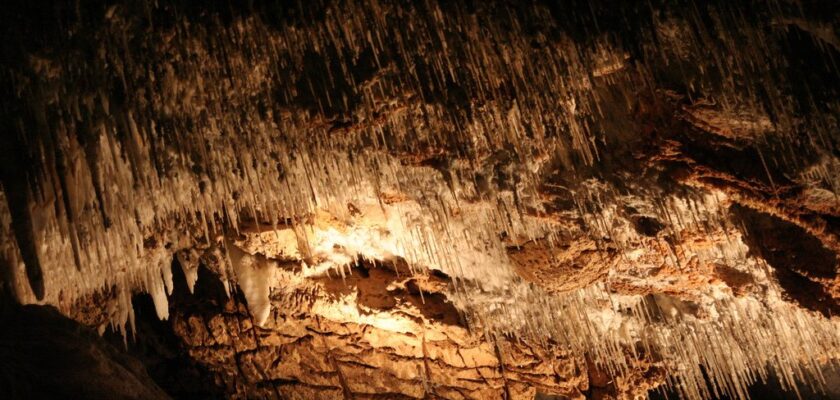Jenolan Caves
Jenolan Caves is a world famous cave system located in the Blue Mountains of Australia, 175 kilometers from Sydney.
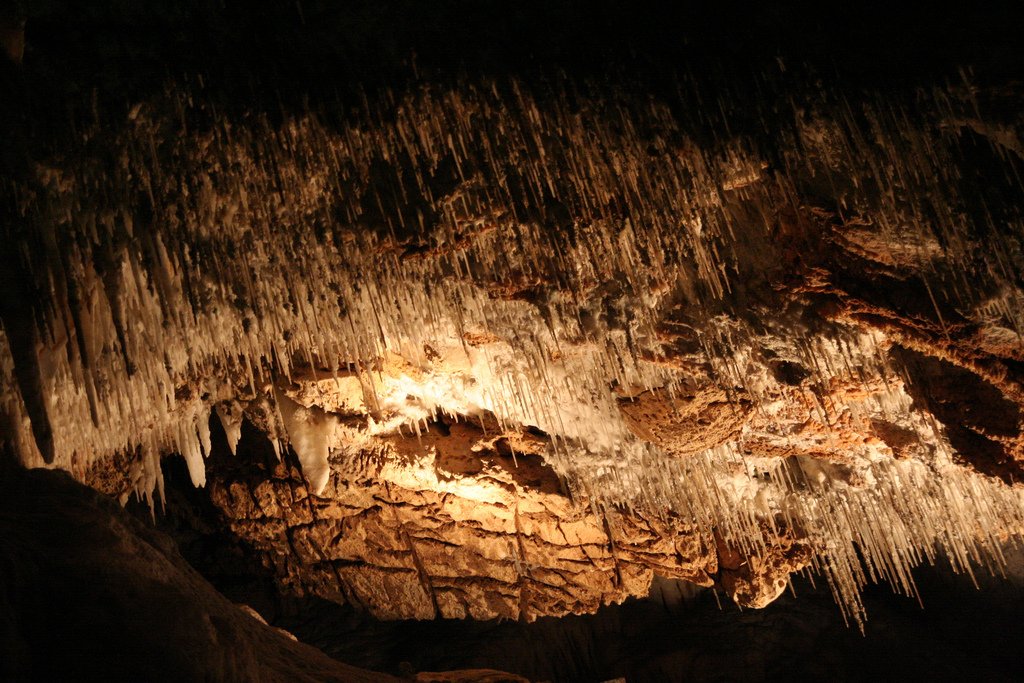
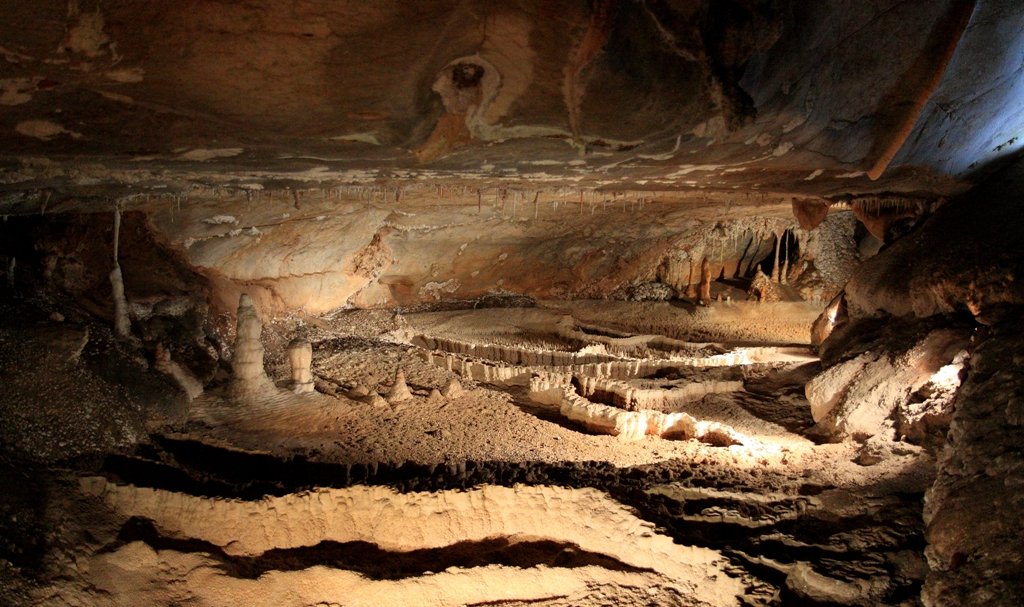
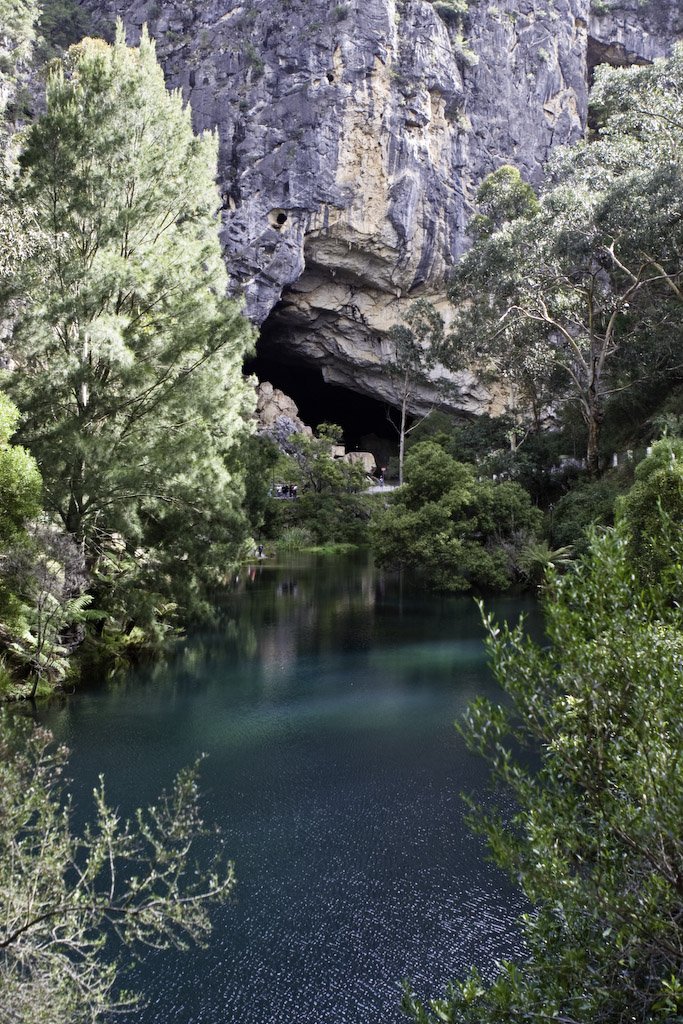
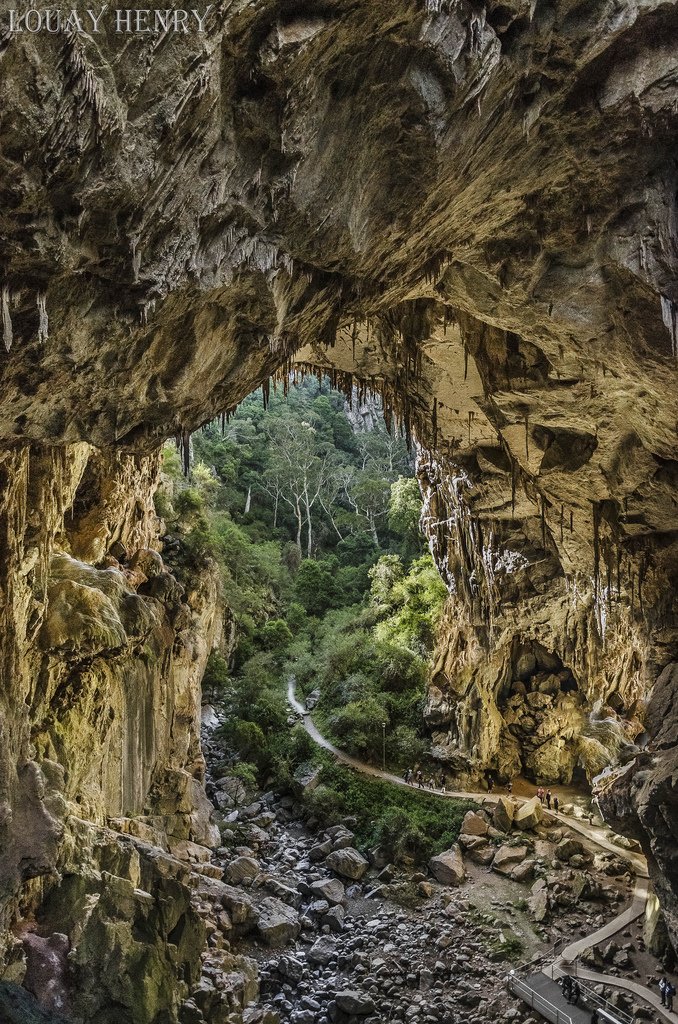
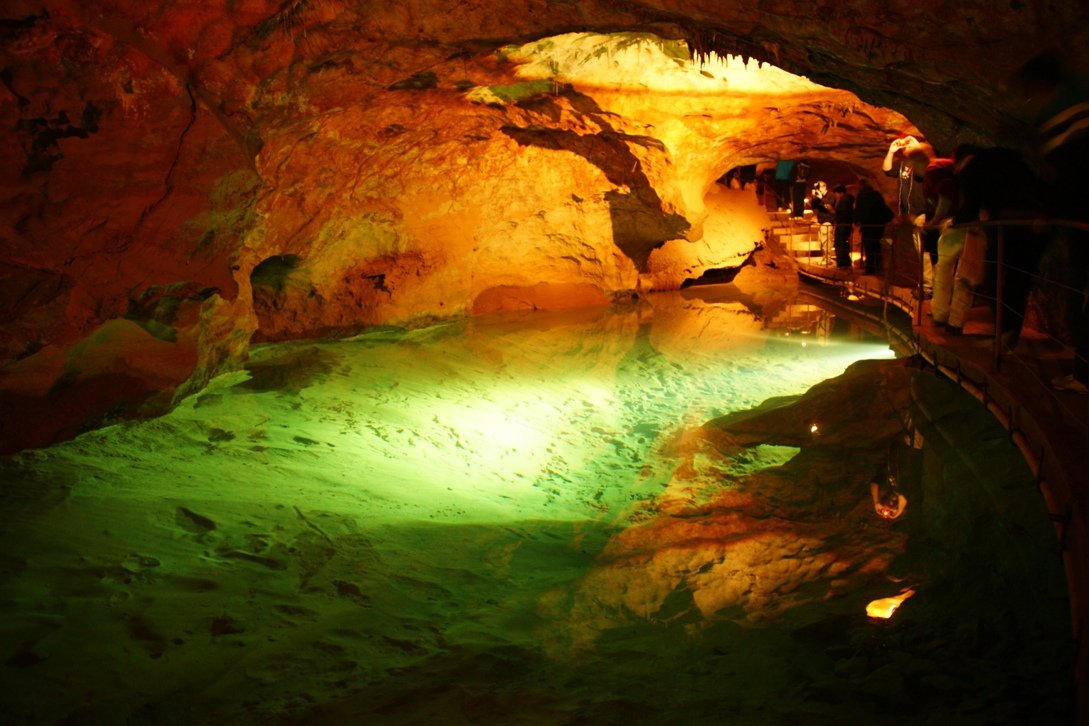
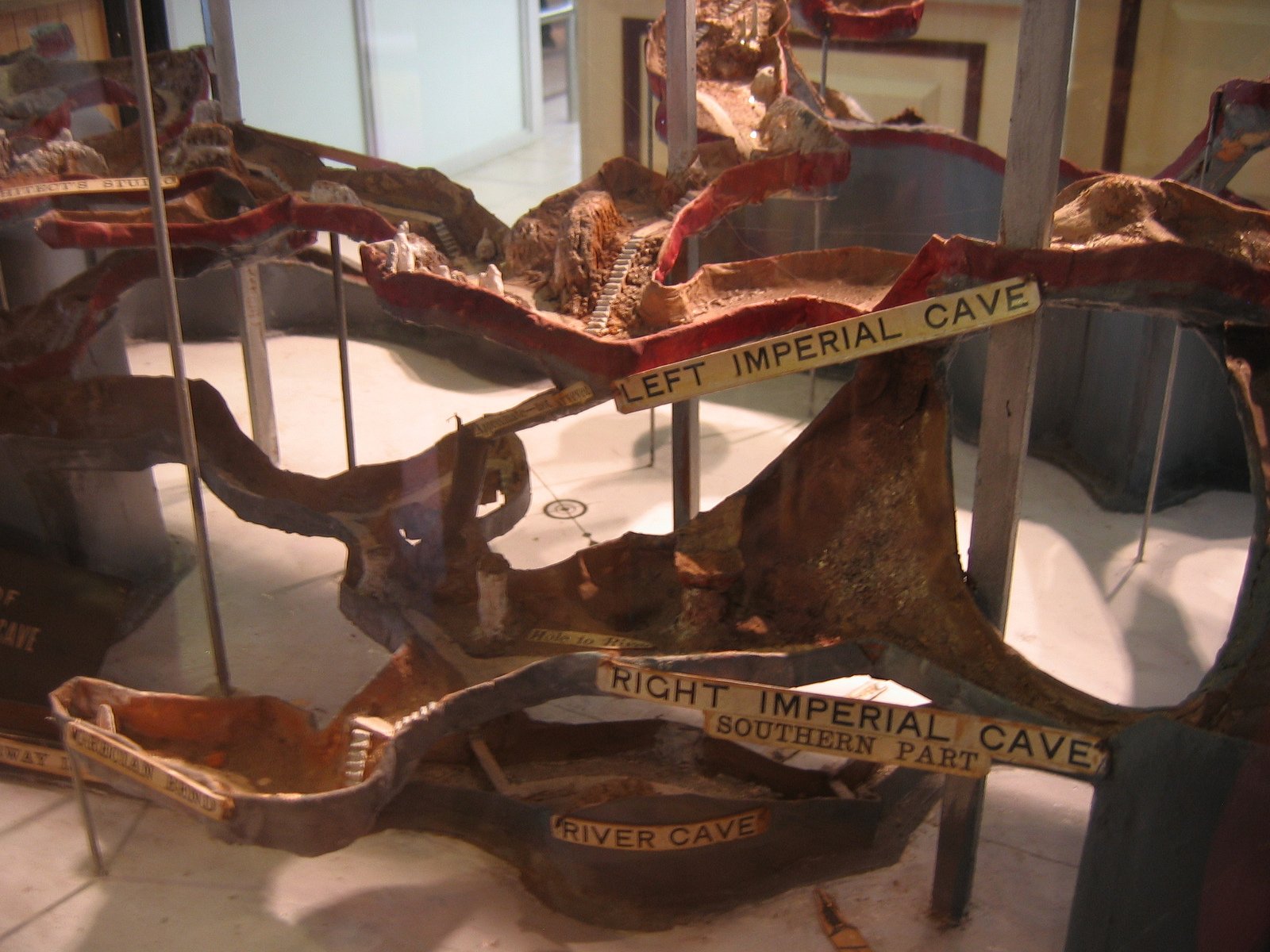
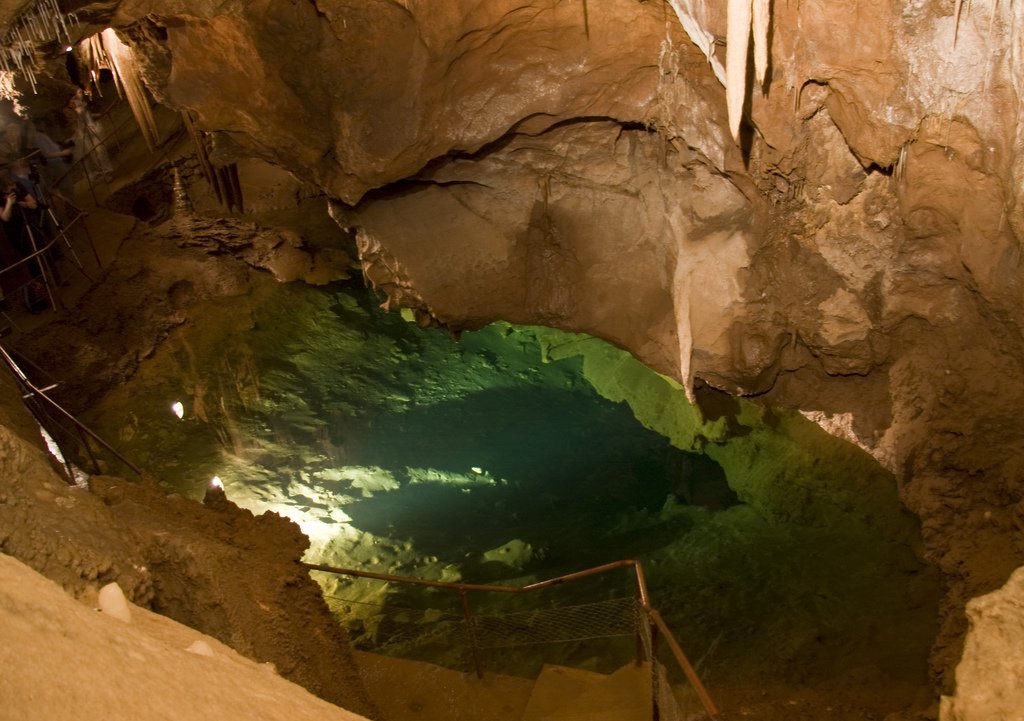
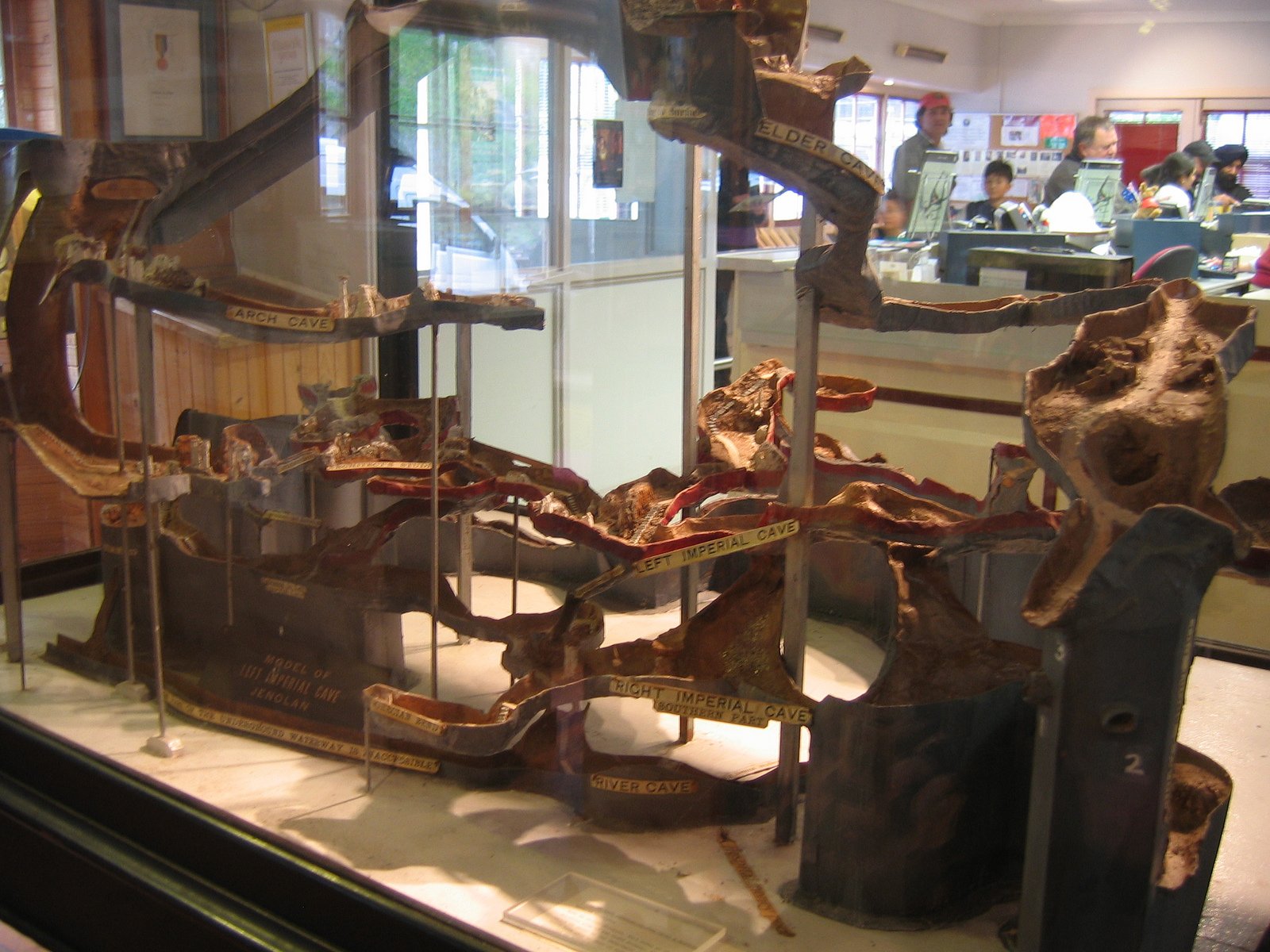
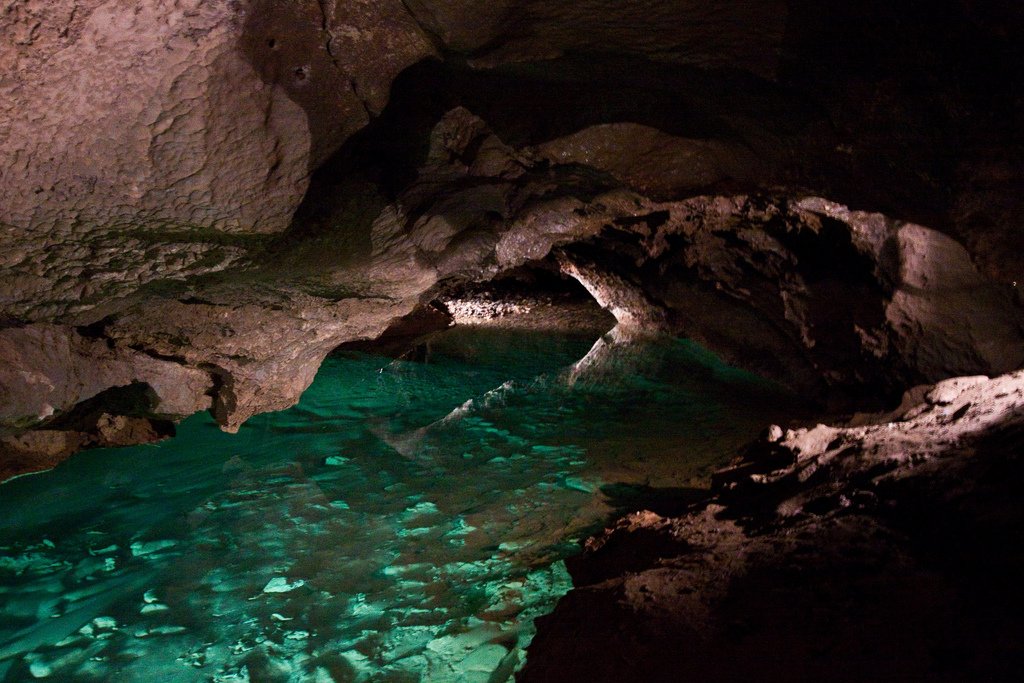
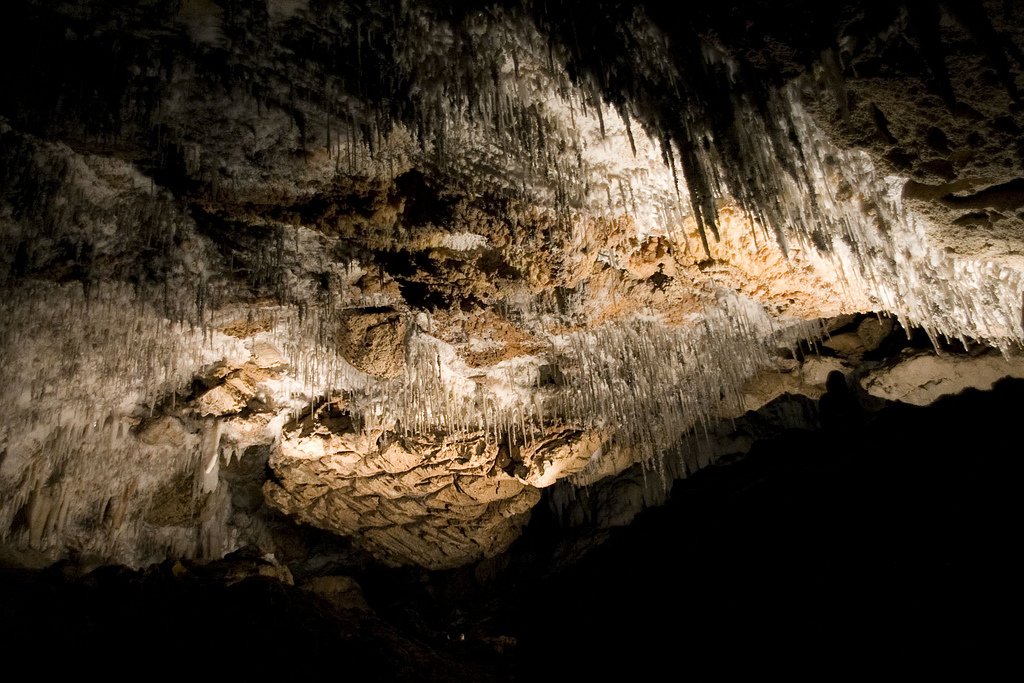
Video: Jenolan Caves
History of the caves
The Jenolan Caves are one of the oldest complexes in the world. By measuring the ratio of radioactive potassium to the inert gas argon, which was released when the potassium decayed, scientists determined the approximate age of the clay in the cave to be 340 million years old.
In 1838, James Valen was searching for lost cattle and discovered the caves. According to another legend, he was tracking outlaw James McKeown, who was stealing cattle and horses and using the Jenolan Caves as a hideout. One of the least visited caves in the complex is still referred to today as “McKiown’s Cave.”
.
In 1866, the Caves came under New South Wales government control, and the following year Jeremy Wilson was appointed caretaker of the area. Wilson not only explored the by then already known caves “Lucas” and “Elder”, but later discovered the caves “Imperial”, “Left Imperial” (“Chifley”), “Jersey” and “Jubilee”.”
In 1872, a ban on the “destruction of the natural forms” of the caves had to be introduced because tourists wanted to take a souvenir of their stay in the complex, and collected first stones and then began to break off pieces of stalactites and stalagmites.
.In 1884, the complex was renamed Jenolan Caves. Jenolan is an Aboriginal word meaning “high”. This name was not a surprise, because next to the caves is a mountain of the same name. In 1898, the Cave House boarding house was built to cater for tourists.
In 1903, James Weiburg, who became the caretaker, discovered 5 more caves: the “River”, “Skeleton” (“Cerberus”), “Temple of Baal”, “Eastern” and “Ribbon”.
.Tourists
- Jenolan Caves are a popular tourist attraction. More than 250,000 visitors come here every year. Nine of the “dark caves” are open for regular tours, and several more caves can be seen on special tours. Cathedral Cave is known for its excellent acoustics. Much of this extensive cave system is accessible only to speleologists, especially areas along the underground river system; but ten caves in the Jenolan complex have been adapted for regular tourism.
- Lucas Cave: discovered in 1861 and the most popular with visitors. The cave has many huge vaults, including the “Cathedral” – over 50 meters high.
- River Cave: discovered in 1903, the most extensive cave in the Jenolan complex. Includes some of its most famous landmarks, such as the “Minaret” (a delightful stalactite), the “Great Column” (a huge stalactite) and the “Queen’s Canopy”, as well as part of the underground River Styx. Until 1923, when a bridge was built, the river in this cave was crossed by small boat, just like in the ancient Greek legend of the River Styx in the kingdom of Hades.”
- Chifley Cave: discovered in 1880. Cave with electric lighting installed almost immediately after discovery, Chifley’s was known as “Left Imperial Cave” until 1952.”
- Imperial Cave: discovered in 1879, it is the easiest cave for tourists to visit. The cave is one of the few places where ancient fossils can be seen, as well as the remains of the fossilized Tasmanian Devil.”
- East Cave: discovered in 1903, it was not open for public viewing until 1917. This cave contains some of the most enormous rock formations in the complex. Until 1954, this cave, along with the Temple of Baal and Ribbon Cave, was only accessible via River Cave.” .
- Ribbon Cave: discovered at the same time as the “East Cave”, it was originally only part of the tour, but is now visited separately. It is only 60 meters long, but is very richly decorated by nature itself.
The Jenolan Caves are open every day of the year, even on Christmas Day. A visit to one cave costs $32, $38 or $42 per person depending on the cave chosen. There are discounts for students and seniors and a ticket will cost $22 or $27. Those traveling with family can purchase a single ticket for $75 or $85, which will take two adults and up to 3 children. By the way, for children from 7 to 11 years old, their own exciting sightseeing tours are compiled, which will be the perfect trip during the vacations. And for the most desperate and indefatigable have come up with exciting tours Well, Aladdin and Mammoth, which are priced at $90, $100 and $200, respectively.
.